Photo
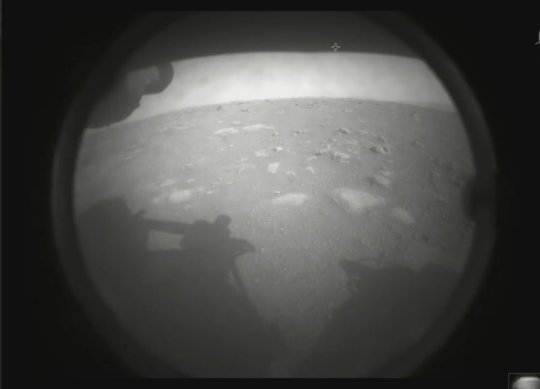
Hello, world. My first look at my forever home. - NASA’s Perseverance Mars Rover
9K notes
·
View notes
Text
Awesome short video by Mark Felton about Nazi Germany‘s rocket technology, targeting United States (which fortunately failed) through space. Wernher von Braun „ironically“ was working for NASA after the end of WW2, making USA being the first nation to put a man on the moon. https://youtu.be/1AQIyXV5nGI
youtube
20 notes
·
View notes
Text
Ten interesting facts about Saturn
Saturn is sometimes called “The Jewel of the Solar System.” It is a planet that is nothing like our own. Humans have been gazing up at Saturn for a long time. They have been wondering about it for thousands of years.
Here are some fun facts about the Ringed Planet.

Saturn is huge. It is the second largest planet in our Solar System. Jupiter is the only planet that is bigger.
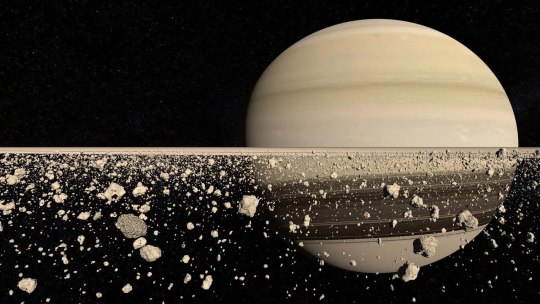
The rings are huge but thin. The main rings could almost go from Earth to the moon. Yet, they are less than a kilometer thick.
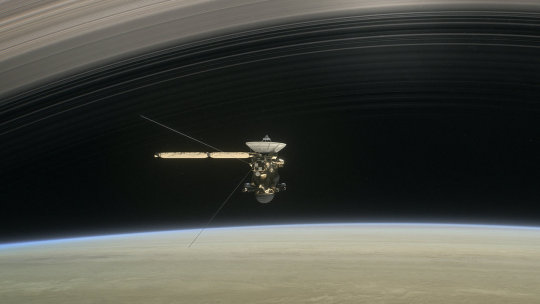
Four spacecraft have visited Saturn: Pioneer 11, Voyager 1 and 2, and the Cassini-Huygens mission have all studied the planet.
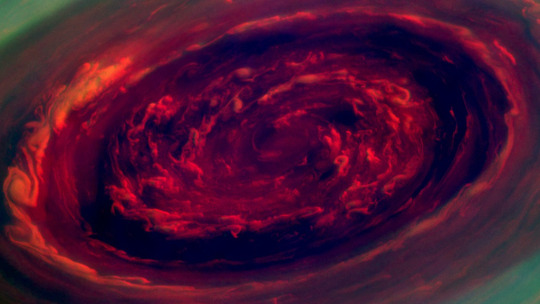
Saturn has oval-shaped storms similar to Jupiter’s: The region around its north pole has a hexagonal-shaped pattern of clouds. Scientists think this may be a wave pattern in the upper clouds. The planet also has a vortex over its south pole that resembles a hurricane-like storm.
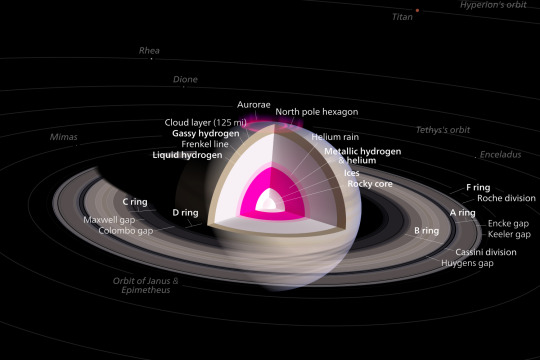
Saturn is made mostly of hydrogen and helium: It exists in layers that get denser farther into the planet. Eventually, deep inside, the hydrogen becomes metallic. At the core lies a hot interior. (click the image for a better resolution).
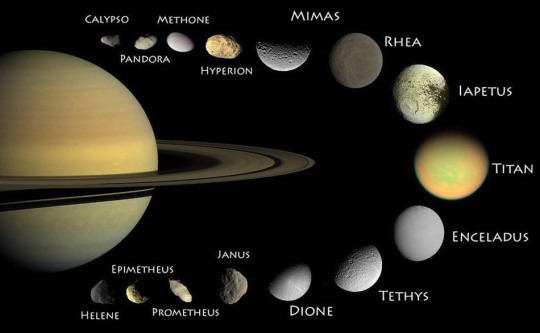
Saturn has 62 moons: Some of these are large, like Titan, the second largest moon in the Solar System. But most are tiny – just a few km across, and they have no official names. In fact, the last few were discovered by NASA’s Cassini orbiter just a few years ago. More will probably be discovered in the coming years.

Saturn orbits the Sun once every 29.4 Earth years: Its slow movement against the backdrop of stars earned it the nickname of “Lubadsagush” from the ancient Assyrians. The name means “oldest of the old”.
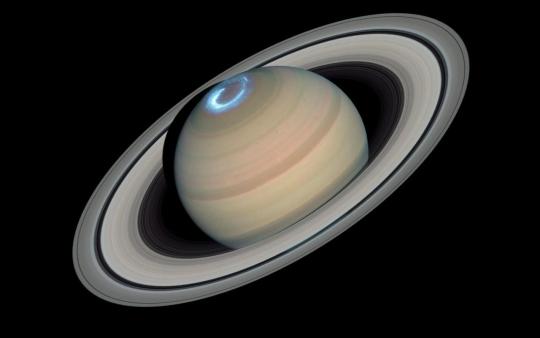
In Saturn there is aurora: Photographic composition made by the Hubble Space Telescope showing the occurrence of aurora in the southern hemisphere of Saturn at intervals of two days.The aurora is visible only in the ultraviolet.

Saturn spins on its axis very fast. A day on Saturn is 10 hours and 14 minutes.

You can see Saturn with your own eyes: Saturn appears as one of the 5 planets visible with the unaided eye. If Saturn is in the sky at night, you can head outside and see it. To see the rings and the ball of the planet itself, you’ll want to peer through a telescope. But you can amaze your friends and family by pointing out that bright star in the sky, and let them know they’re looking at Saturn.
sources: nasa.gov, universetoday.com and solarsystem.nasa.gov
4K notes
·
View notes
Text
Our Space Launch System Rocket’s “Green Run” Engine Testing By the Numbers
We continue to make progress toward the first launch of our Space Launch System (SLS) rocket for the Artemis I mission around the Moon. Engineers at NASA’s Stennis Space Center near Bay St. Louis, Mississippi are preparing for the last two tests of the eight-part SLS core stage Green Run test series.
The test campaign is one of the final milestones before our SLS rocket launches America’s Orion spacecraft to the Moon with the Artemis program. The SLS Green Run test campaign is a series of eight different tests designed to bring the entire rocket stage to life for the first time.
As our engineers and technicians prepare for the wet dress rehearsal and the SLS Green Run hot fire, here are some numbers to keep in mind:
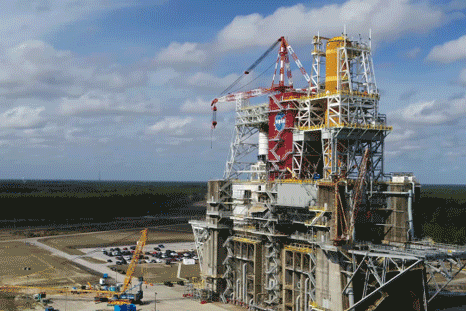
212 Feet
The SLS rocket’s core stage is the largest rocket stage we have ever produced. From top to bottom of its four RS-25 engines, the rocket stage measures 212 feet.

35 Stories
For each of the Green Run tests, the SLS core stage is installed in the historic B-2 Test Stand at Stennis. The test stand was updated to accommodate the SLS rocket stage and is 35 stories tall – or almost 350 feet!

4 RS-25 Engines
All four RS-25 engines will operate simultaneously during the final Green Run Hot Fire. Fueled by the two propellant tanks, the cluster of engines will gimbal, or pivot, and fire for up to eight minutes just as if it were an actual Artemis launch to the Moon.
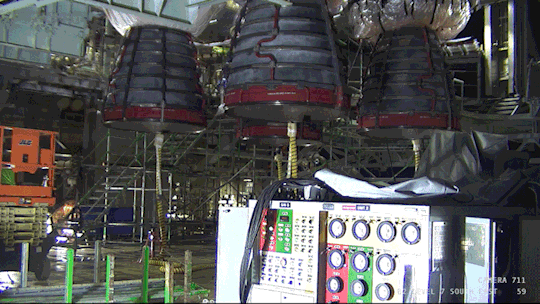
18 Miles
Our brawny SLS core stage is outfitted with three flight computers and special avionics systems that act as the “brains” of the rocket. It has 18 miles of cabling and more than 500 sensors and systems to help feed fuel and direct the four RS-25 engines.
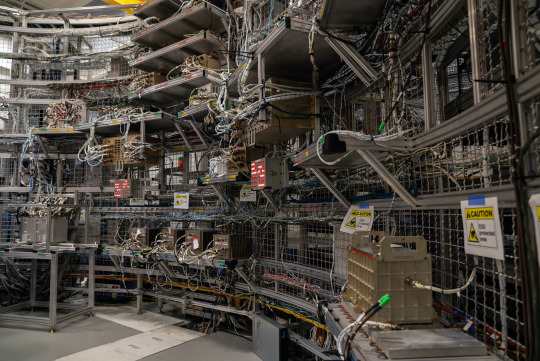
773,000 Gallons
The stage has two huge propellant tanks that collectively hold 733,000 gallons of super-cooled liquid hydrogen and liquid oxygen. The stage weighs more than 2.3 million pounds when its fully fueled.
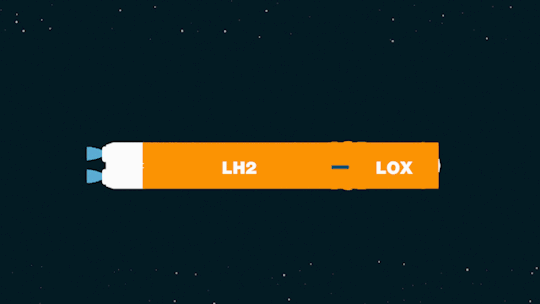
114 Tanker Trucks
It’ll take 114 trucks – 54 trucks carrying liquid hydrogen and 60 trucks carrying liquid oxygen – to provide fuel to the SLS core stage.

6 Propellant Barges
A series of barges will deliver the propellant from the trucks to the rocket stage installed in the test stand. Altogether, six propellant barges will send fuel through a special feed system and lines. The propellant initially will be used to chill the feed system and lines to the correct cryogenic temperature. The propellant then will flow from the barges to the B-2 Test Stand and on into the stage’s tanks.
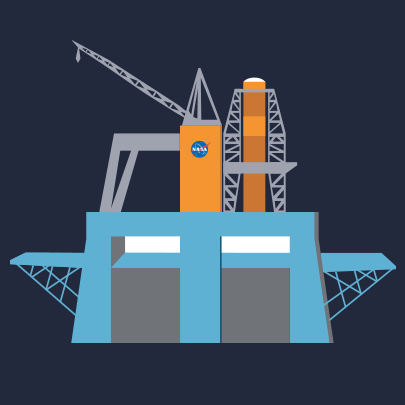
100 Terabytes
All eight of the Green Run tests and check outs will produce more than 100 terabytes of collected data that engineers will use to certify the core stage design and help verify the stage is ready for launch.
For comparison, just one terabyte is the equivalent to 500 hours of movies, 200,000 five-minute songs, or 310,000 pictures!

32,500 holes
The B-2 Test Stand has a flame deflector that will direct the fire produced from the rocket’s engines away from the stage. Nearly 33,000 tiny, handmade holes dot the flame deflector. Why? All those minuscule holes play a huge role by directing constant streams of pressurized water to cool the hot engine exhaust.

One Epic First
When NASA conducts the SLS Green Run Hot Fire test at Stennis, it’ll be the first time that the SLS core stage operates just as it would on the launch pad. This test is just a preview of what’s to come for Artemis I!
The Space Launch System is the only rocket that can send NASA astronauts aboard NASA’s Orion spacecraft and supplies to the Moon in a single mission. The SLS core stage is a key part of the rocket that will send the first woman and the next man to the Moon through NASA’s Artemis program.
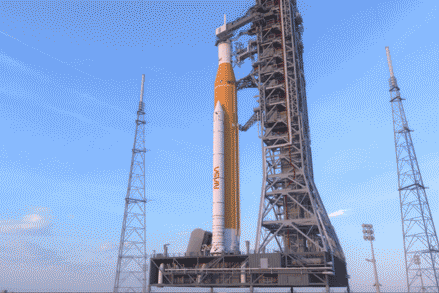
Make sure to follow us on Tumblr for your regular dose of space: http://nasa.tumblr.com
#nasa#artemis#space launch system#rocket science#space#moon 2024#green run#rocket testing#moon#exploration
919 notes
·
View notes
Text

Life on Venus? Phosphine gas has been detected in the cloud decks of our nearest neighbour, Venus. The presence of this gas is seen as „biosignature" i.e. an indicator of the possible presence of life. It has been detected in a region within the atmosphere that is considered to be potentially habitable. Check out the source for more information.
639 notes
·
View notes
Text
Nazis in Space? The truth by Mark Felton. https://youtu.be/3Z6EqhF0xgg
youtube
21 notes
·
View notes
Photo

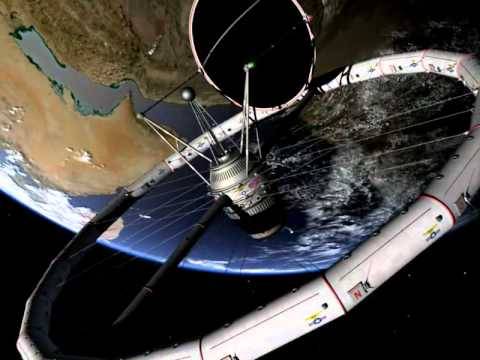
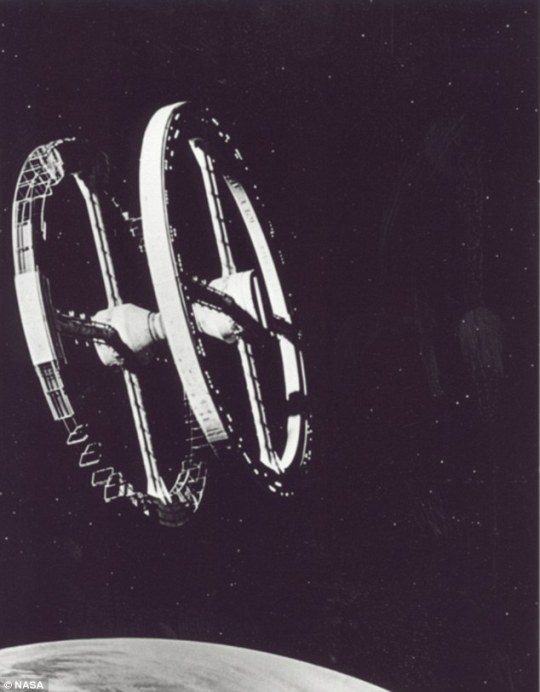
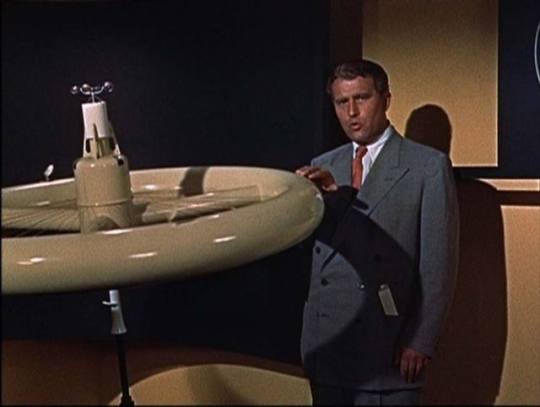
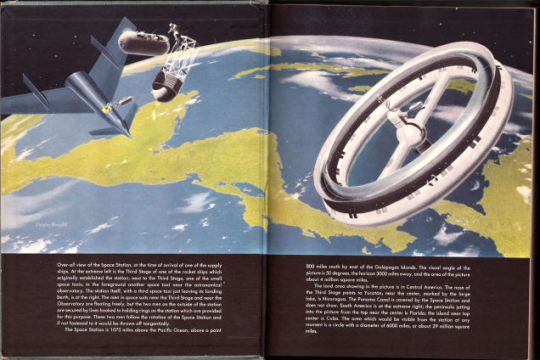

1945-1952 - Space Station by Wernher von Braun - Von Braun was a leading aerospace engineer first in Germany until 1945, and after being captued by U.S. forces in the same year, he continued working for NASA in U.S. He made United States able to develop the Saturn/Apollo program, making humans landing on the moon. The pictures here by NASA show one of Wernher von Braun’s fantastic plans, designing a space station for humans. NASA said that “(Wernher von Braun is) without any doubt the greatest rocket scientist in history”. For further details on the space station, please study the following link, adding a lot of details to this concept: http://www.astronautix.com/craft/vonation.htm. The following quote is as well from that website: “In the first 1946 summary of his work during World War II, Wernher von Braun prophesied the construction of space stations in orbit. The design, a toroidal station spun to provide artificial gravity, would be made very familiar to the American public over the next six years. The design was elaborated at the First Symposium on Space Flight on 12 October 1951 at the Hayden Planetarium in New York City. The design was popularized in the series in Colliers magazine, illustrated with gorgeous Chesley Bonestell painting, in 1952. The 1946 version used 20 cylindrical sections, each about 3 m in diameter and 8 m long, to make up the toroid. The whole station was about 50 m in diameter and guy wires connecting and positioning the toroid to the 8 m-diameter central power module. This was equipped with a sun-following solar collector dish to heat fluid in a ball-shaped device. The heated fluid would run an electrical generator. Presumably visiting spacecraft would dock or transfer crew at the base of the power module.”
1K notes
·
View notes
Photo
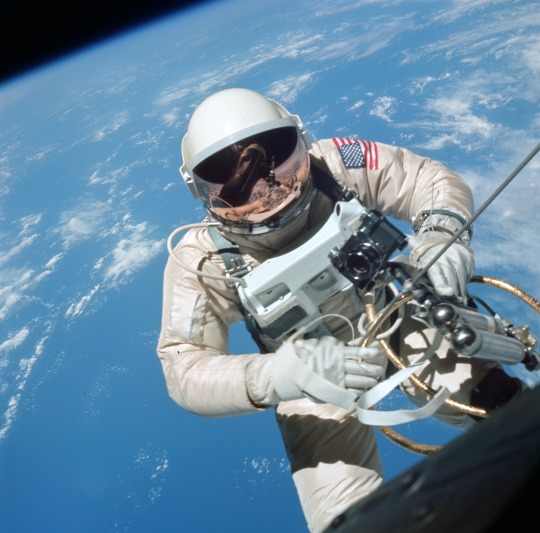

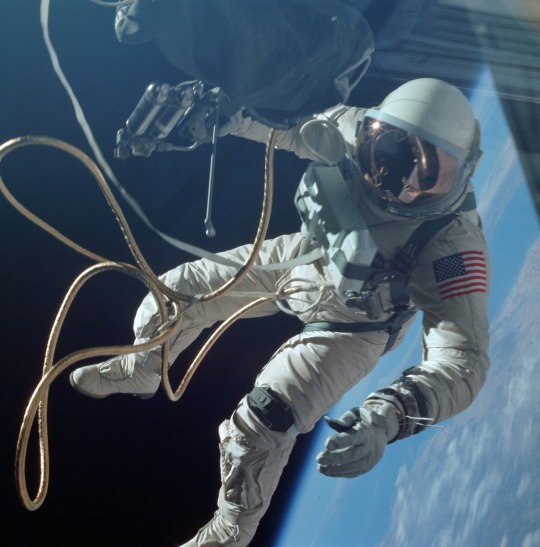
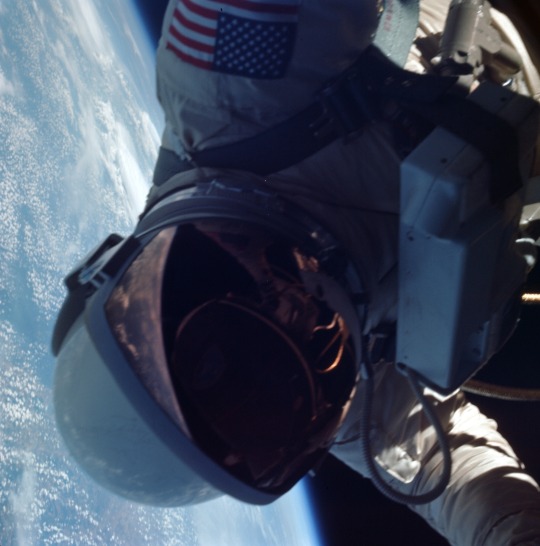

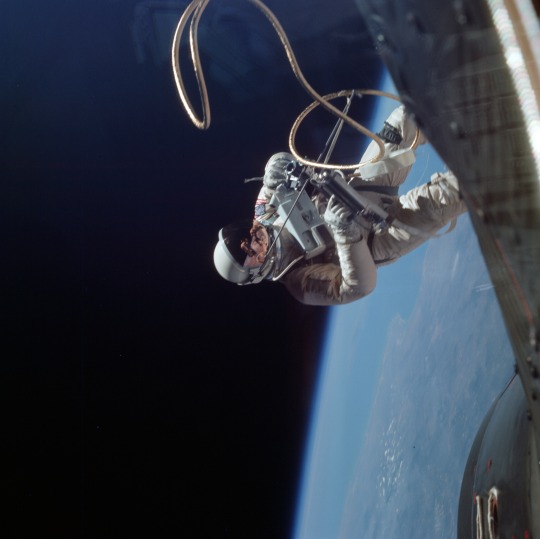


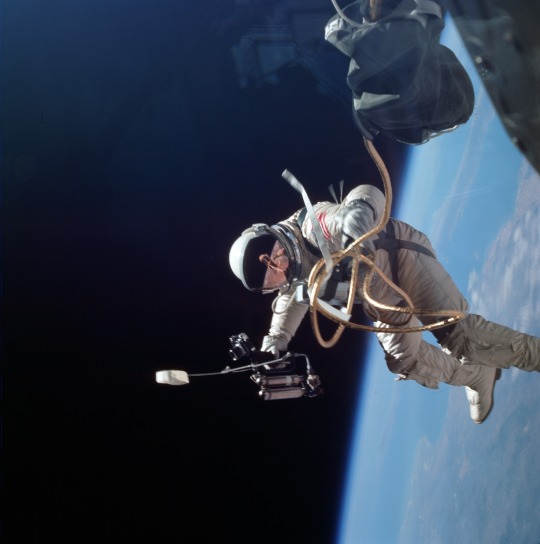

Astronaut Ed White walks in space, June 3, 1965.
(ASU/NASA)
2K notes
·
View notes
Video
NASA Space Shuttle NASA space shuttle ‘Endeavour’ on onw of its mission in space.
54 notes
·
View notes
Video
Bumper V-2 Launch (July 24, 1950) A new chapter in space flight began in July 1950 with the launch of the first rocket from Cape Canaveral, Florida: the Bumper 8. Shown above, Bumper 8 was an ambitious two-stage rocket program that topped a V-2 missile base with a WAC Corporal rocket. Or in other words, it was a German V2 Rocket just without the warhead but with measurement equipment instead, e.g., a photo camera (which made the first picture of the Earth from space in history of humankind). The upper stage was able to reach then-record altitudes of almost 400 kilometers, higher than even modern Space Shuttles fly today. Launched under the direction of the General Electric Company, Bumper 8 was used primarily for testing rocket systems and for research on the upper atmosphere . Bumper rockets carried small payloads that allowed them to measure attributes including air temperature and cosmic ray impacts. Seven years later, the Soviet Union launched Sputnik I and Sputnik II, the first satellites into Earth orbit. In response, in 1958, the US created NASA . *Image Credit*: NASA Image Number: 66P-0631
#V2#rocket#NASA#space#WWII#bumper#Aviation#Aerospace#Spaceflight#National Aeronautics and Space Administration#Jet Propulsion Laboratory#JPL#Mittelwerk#A-4 Rocket#A-4 Missile#Vergeltungswaffe 2#V-2 Missile#V-2 Rocket#Douglas Aircraft Company#General Electric#GE#Douglas Aircraft#DAC#Guggenheim Aeronautical Laboratory#WAC#WAC Corporal#Bumper-WAC#Cape Canaveral#Rocket Launch#General Electric RTV-G-4 Bumper
54 notes
·
View notes
Video
Peenemunde Rocket Facility where the V2 (and further weapons) have been created. Picture taken in current days with a “fake” V2 model to demonstrate the size of the roughly 15 meters rocket.
15 notes
·
View notes
Link
United States were able to create a quite good copy of the German-made V1 which was the first drone in human history.
17 notes
·
View notes
Video
V2 Rocket Engine by Mr Alz On display at La Coupole, France. The first rocket in history reaching space, while the technology looks quite similar even today.
52 notes
·
View notes
Video
Chile - San Pedro de Atacama Meteorit Museum Chile - San Pedro de Atacama Meteorit Museum
#Chile#Atacama#Atakama#Wüste#Desert#Metorit#Asteroid#Weltraum#Space#Meteorit Museum#Anden#San Pedro de Atacama#Meteorit#Museum#Südamerika#South America
13 notes
·
View notes
Link
4 notes
·
View notes
